Have you ever read the labels on your household and beauty products? Even the “natural” stuff often contains a long list of ingredients that are nearly impossible to pronounce, let alone identify. In addition, many of these products can get expensive.
Whether you are concerned about the expense, the ingredients or what you will do in the event that stuff hits the fan, there’s never been a better time to get back to basics.
Rather than succumbing to the status quo and buying these products off the shelf every month, many people are choosing to make their own products. These homemade soaps, lotions and detergents are cheap and easy to make at home and require only simple, healthy ingredients that are easy to tailor to your own needs.
Laundry Detergent
Making your own laundry detergent is very inexpensive and takes hardly any time at all. If the harsh chemicals in conventional detergents bother you, simple recipes like this one can really help. Before you get started, make sure you choose a recipe that works for your washing machine, whether it’s a front-loading HE (High Efficiency) type or a top-loader.
The simple recipe below comes from DIY Natural:
Ingredients
1 bar of soap (either store-bought or homemade)
1 cup of borax
1 cup of washing soda
Instructions
1. Grate up the bar of soap using a grater or blender.
2. Thoroughly stir all ingredients together for about 5 minutes
3. Place mixture into a jar or other container
4. This mixture is concentrated: use only 1-2 Tbsp. per load
Soap
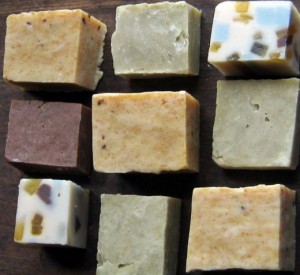 Making homemade soap is a little more involved. Since the process requires a caustic substance and cooking over high heat, you should be aware of the safety precautions too.
Making homemade soap is a little more involved. Since the process requires a caustic substance and cooking over high heat, you should be aware of the safety precautions too.
Soap is basically a mixture of oils, fragrances, water and lye. Making your own is a bit of an art form, and it can take a few tries before you’ll feel comfortable with the process. Once you get the hang of it, however, you’ll likely never turn back to the store-bought stuff again.
Although not as common as it was before the 1950s, soap making has been enjoying a huge surge in popularity recently. There are dozens of websites and books devoted to the craft, and hundreds of recipes to choose from. This basic cold process soap recipe comes from a book called “Soap. Making it. Enjoying it.” by Ann Bramson:
Ingredients
9.6 oz. olive oil
22.4 oz. beef tallow
10.5 oz. water
4.2 oz. lye
1.4 oz. of fragrance oil or essential oil blend
Instructions
1. Mix the lye solution with the water and set aside to cool
2. Measure out the beef tallow and heat up until melted
3. Add the olive oil to the melted tallow and heat slowly
4. Heat up both the lye solution and the oil to 100-110 degrees (their temperature should be the same)
5. Once heated to the right temperature, carefully pour the lye into the oil mixture. Stir together with a spoon or blender stick (the blender stick works much more quickly), mixing until the soap reaches its “trace”
6. Mix the soap until it reaches a light trace
7. Add the fragrance oil
8. Pour the raw soap into a mold and let sit until cool and hard enough to cut, usually 12-24 hours
9. Remove the soap from the mold and cut into bars
10. Place the soap in a cool, dark place to cure for 2-4 weeks
Note: Lye is a very caustic substance and releases fumes when heated. Be sure to wear gloves and goggles and keep the room very well ventilated.
Deodorant
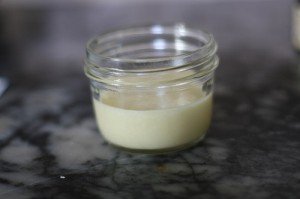 Many people with sensitive skin struggle with the harsh chemicals and scents of conventional deodorant, which can cause rashes, dry skin and folliculitis. Rather than trying out different brands and formulas in an effort to avoid trips to the dermatologist, why not make some of your own?
Many people with sensitive skin struggle with the harsh chemicals and scents of conventional deodorant, which can cause rashes, dry skin and folliculitis. Rather than trying out different brands and formulas in an effort to avoid trips to the dermatologist, why not make some of your own?
Even if conventional deodorant doesn’t bother you, this homemade version is very easy to make. No need to make a big batch – a little bit goes a long way. The general base is made up of cornstarch and baking soda, and may be applied with a cottonball, small sponge or even an empty deodorant stick container. Below is a recipe based on one found on Mother Earth News:
Ingredients
1-2 Tbsp. baking soda
2 Tbsp. arrowroot powder or cornstarch
3-5 Tbsp. coconut oil, melted
5-10 drops essential oil such as tea tree or orange blossom
1-2 Tbsp. aloe vera gel (optional)
Instructions
1. Combine all ingredients, adding the coconut oil last
2. Stir ingredients together until well-mixed
3. Make sure to add coconut oil slowly. Use less coconut oil for a dry deodorant; use more for a creamier deodorant. The finished deodorant should hold together when squeezed
4. Place the mixture in a container and enjoy!
Making your own household products is not as difficult or involved as you might think. Many of the necessary ingredients can easily be purchased at the local health food store or pharmacy, while the soap molds are widely available at craft stores and can last a long time.
Once you’ve mastered the basic recipes, get creative and try new fragrances or recipes. Try using fresh lavender, rosemary or other herbs from your garden in your soaps. You can also make other household products using similar ingredients, including homemade toothpaste and household cleaners.
Whether making your own products to save money, avoid harsh chemicals, develop a more sustainable lifestyle or just to have fun with a new craft, you are sure to enjoy both the process and the results.
This article has been written by Jessica Wood for Survivopedia.
<!–Find out more about long term survival on Prepper’s Blueprint.–>
You can be a fine term paper writer with brilliant skills. But if you can’t be both fast and effective, you’d better use competent term paper writing aid. In the end you get a genuine work written from scratch. Mind that to get it you spend only 15 minutes and then simply wait until your term paper writer finishes it.




























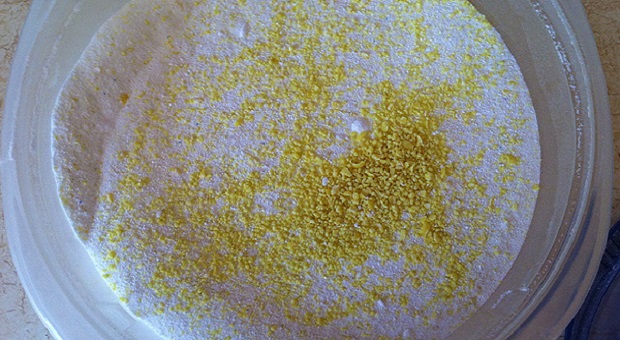

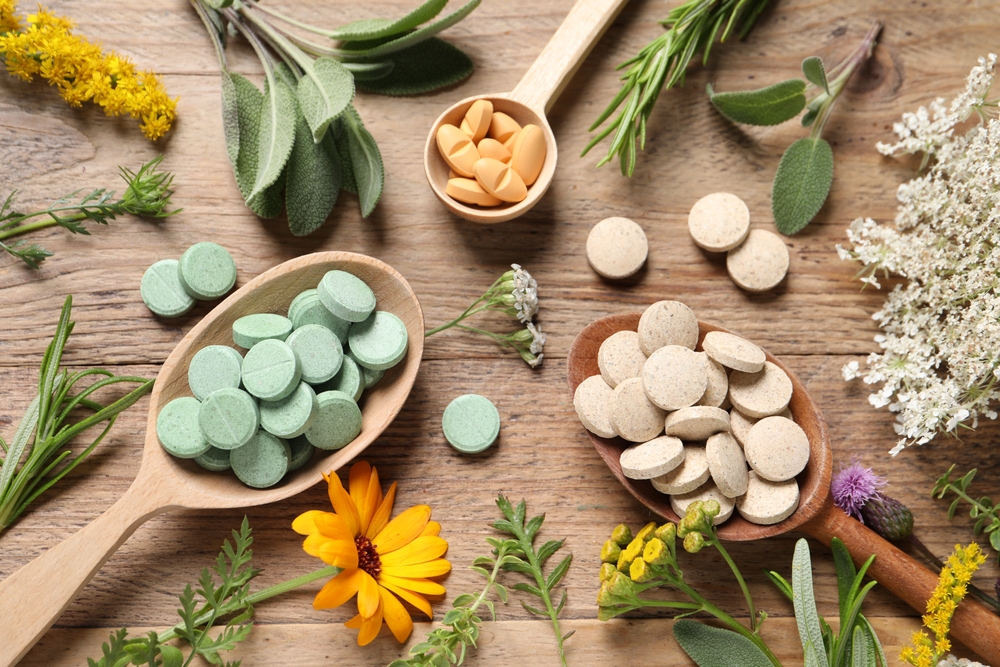

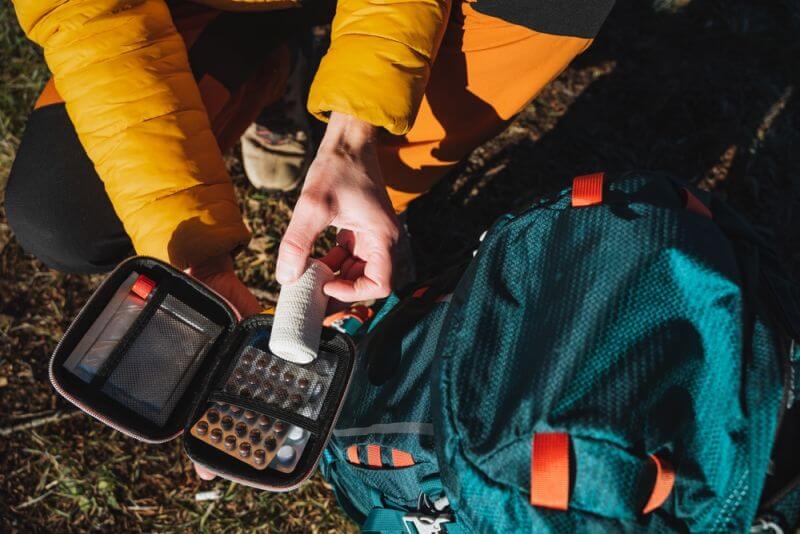









































If beef or hog tallow is not available Shortening will work. Have done this myself.
I wondered if you could use shortening or maybe palm oil or coconut oil instead of tallow.
The content of this document is very helpful; however it brought to mind another related need…candles. Perhaps you can offer some tried and true means of making our own? Thanks
Let me show my ignorance: I am uncertain of what “washing soda” is. Could you give another, perhaps more familiar name for this product?
Sodium Carbonate is washing soda. Not to be confused with sodium-bicarbonate. Its a water softener. Soda ash is another name. See wikipedia http://en.wikipedia.org/wiki/Sodium_carbonate
You can find washing soda in the laundry isle of grocery store. I got mine at City market an made my first batch tonight. You might have to hunt a little as most of isle is taken up by traditional detergents